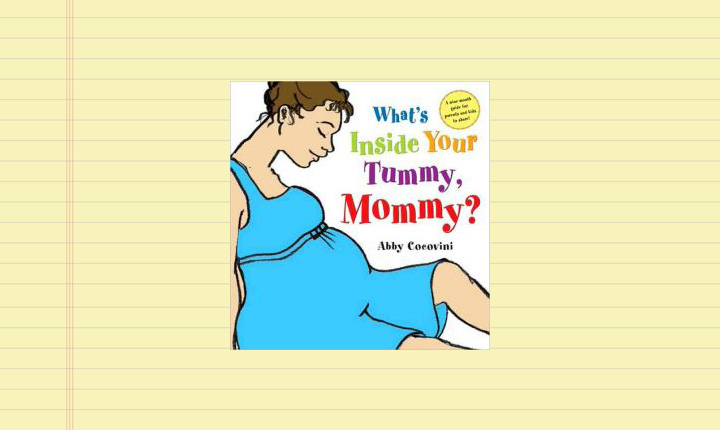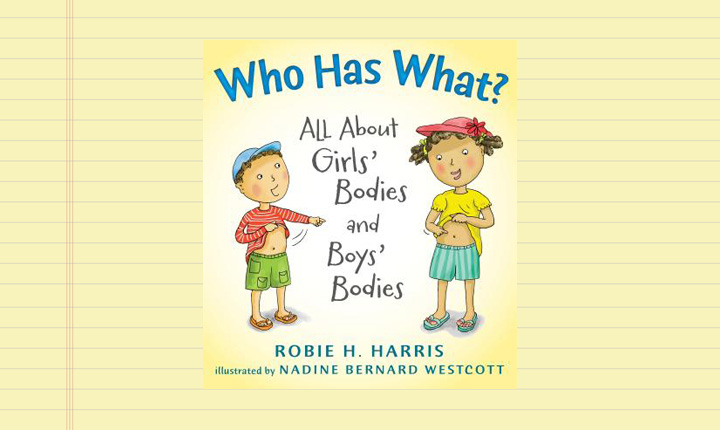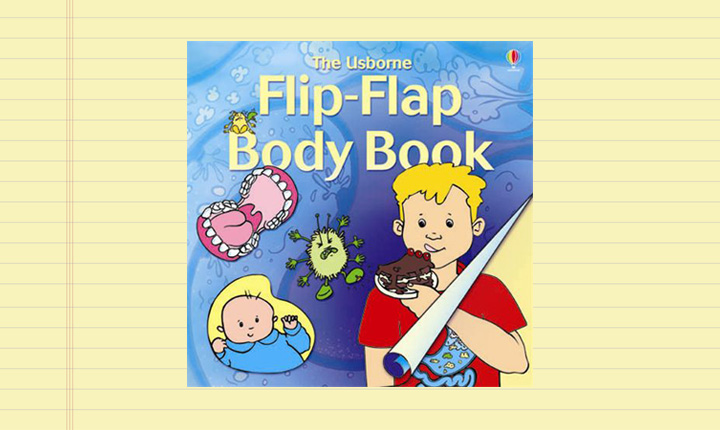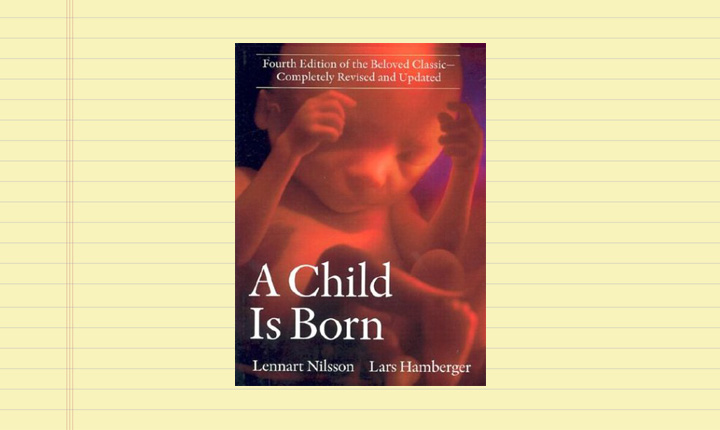The Longest Shortest Time
Books: How to Build a Baby
On Wednesday I told you about how a baby is built. There are books that will teach you about that.
Like I said, Sasha was not ready for books like these. But I had a whole stack of them sitting by my desk for at least a month, and I developed some favorites.

Cory Silverberg’s What Makes a Baby acknowledges that babies are built in many different ways nowadays. Even if your child was made the plain old traditional way, this book is a great way to introduce your child to the idea that we all have different origin stories. And it may even be a good launching pad for little ones to invent their own baby-building stories, like Sasha’s idea about babies in bubbles in the sky. The author is a certified sexuality educator raised by a sex therapist and a librarian, so his origin story gives him a lot of knowledge on this subject. Better yet? This book’s origin story is that it was built through Kickstarter.

Kate, children’s librarian of episode 11, recommended a few books to me. One of them is What’s Inside Your Tummy, Mommy? by Abby Cocovini, which I imagine would be an amazing resource if you were pregnant with #2 (or beyond). At the end of the book there’s a big fold-out page with a picture of a full-term baby. Kate said her toddler really enjoyed looking at that when Kate was pregnant with her second child.

All of these questions about how babies are built will likely lead to questions about how I am built . . . or, even, how will I be a builder one day? So you might want to pair your building books with OK-so-I’m-built-and-now-what books. Robie H. Harris’s Who Has What? All About Girls’ Bodies and Boys’ Bodies (another Kate recco) is a great introduction to body parts meant for building babies. I know a book like this will be a turn-off to gender ambiguous advocates. But these concepts will resonate with the majority of kids. And if anyone wants to pitch me a story of gender ambiguity (about a parent or kid), I’d love to hear it.

On our Facebook page, a lot of you recommended other Robie H. Harris books like It’s Not the Stork (ages 4-8) and It’s so Amazing (ages 7-10), and I’ll definitely be revisiting those books when Sasha is the right age. For those of you with older kids, these might be just the thing.

While we’re on the subject of bodies, Anne from episode 1 recommended the Flip-Flap Body Book by Alastaire Smith. It appears to be out-of-print, so I haven’t gotten my hands on one yet (though seems like you can find one used pretty easily). But it covers all kinds of bodily functions, including making babies, food digestion, and how the senses work. For a curious kid who wants clear, in-depth answers, this book’s got ’em.

One more from Anne: A Child Is Born by Lennart Nilssen. If you want a photographic look at a growing fetus, this is the book for you. The in-utero pictures are beautiful. This is a grown-up read. But kids might find the images fascinating—and if your kid is like mine, he or she might relate better to photos than to some of the more cartoony imagery that you’ll find in the books above. I wonder if this book could be a good starting place for those kids, so they know what these things actually look like in real life (or, inside a belly under a microscope)—and then they can better grasp the abstraction of, say, sperms with eyes. The new edition is also updated with info on infertility and IVF.
Any more books about building babies to add to this list? What are YOUR favorites? Do your kids respond better to photos or illustrations?
The Longest Shortest Time may earn a small commission from products linked on this site. Using our affiliate links helps support our work.